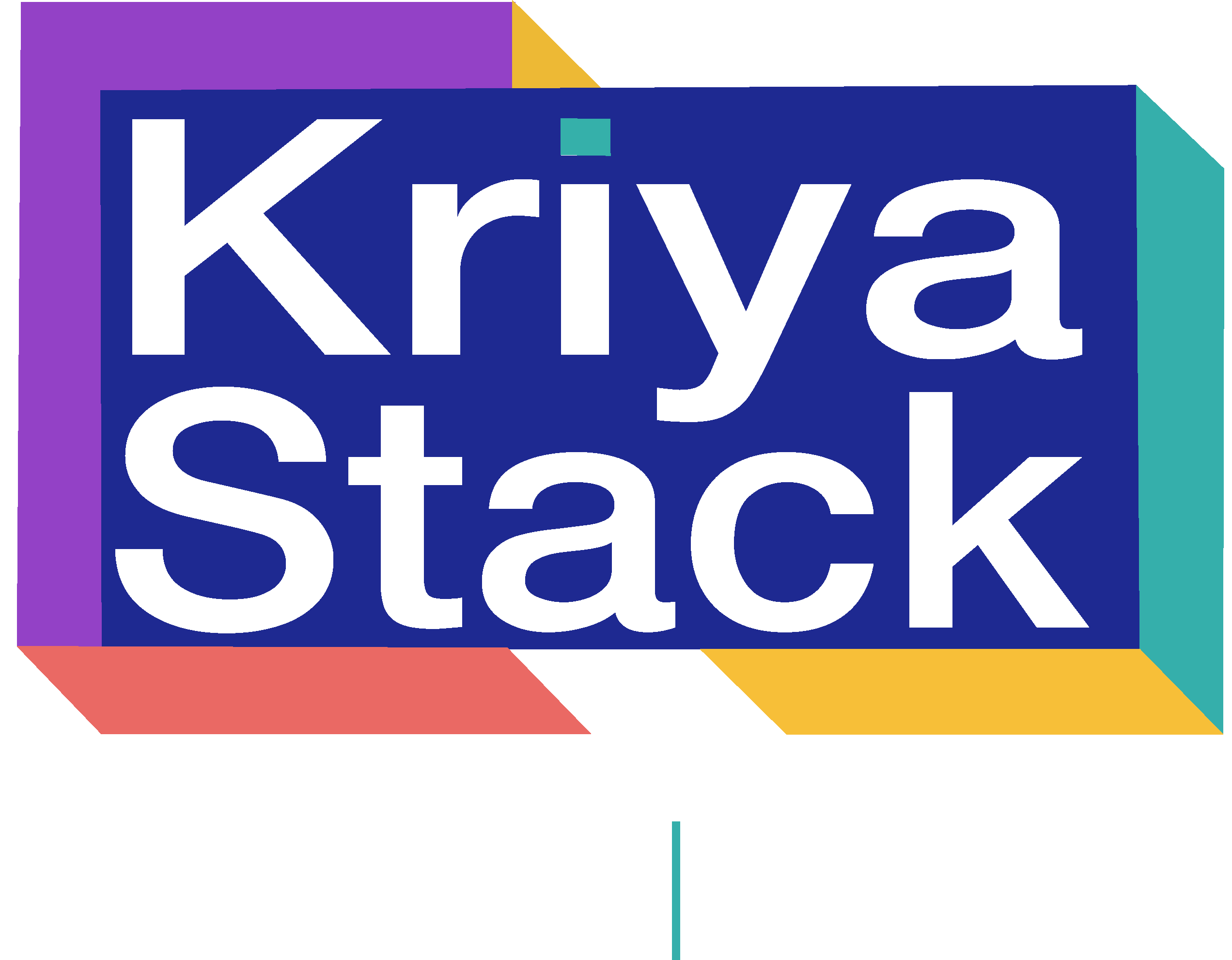
In 2025, many organizations report frustration with traditional employee training methods, primarily due to low retention and a lack of real-world application. The passive lecture, the one-time workshop, and the endless slide deck often fail to prepare employees for the complex, high-stakes decisions they face on the job.
Simulation training addresses this gap by offering immersive, risk-free scenarios where employees can practice real tasks, build decision-making skills, and receive immediate feedback without costly mistakes. It’s a powerful approach that shifts training from theory to action, making it more effective, engaging, and aligned with core business outcomes.
In this article, you’ll discover what simulation training entails, how it delivers measurable ROI, and why it is the key to building a more capable and confident workforce.
What is Simulation Training?
Simulation training is a learning method that recreates real-world tasks, workflows, or decision-making scenarios in a safe environment. It allows employees to build skills, apply knowledge, and practice responses in lifelike situations without the consequences of on-the-job errors. For L&D teams, simulation training drives deeper engagement, faster proficiency, and measurable performance readiness.
ScenarioPro is your Practice-to-Performance Engine, an online scenario-based learning platform that transforms traditional training into a dynamic, gamified journey.
Simulation vs. Traditional Training: Which Delivers Better ROI?
Traditional training methods often struggle to drive real behavioral change. Learners passively consume information, retention fades quickly, and application in real work scenarios is inconsistent.
In contrast, simulation training creates active learning environments that mirror real tasks and decisions. Employees practice in safe, feedback-rich settings that accelerate mastery and reduce costly on-the-job errors. According to a study from the Journal of Interactive Learning Research, participants who engage in business simulations have been shown to retain up to 75% more information compared to traditional methods.
The choice is clear:
| Metric | Traditional Training | Simulation Training |
|---|---|---|
Engagement | Low | High |
The Core Benefits of Simulation Training
Simulation training offers measurable advantages over traditional methods, especially for roles that require real-time decision-making, hands-on skill-building, or complex system interactions. Here’s how it benefits your enterprise:
- Higher Learning Retention: Simulation reinforces learning by combining visual, auditory, and experiential inputs, helping employees retain concepts longer and apply them more confidently in real work situations.
- Stronger Contextual Understanding: Learners engage with realistic scenarios that mirror their workflows, enabling them to practice processes in the same contexts they'll later use on the job.
- Better Decision-Making: By practicing variable, high-stakes scenarios in a safe environment, employees learn to think critically, adapt quickly, and make better decisions under pressure.
- Increased Confidence and Competence: Repeated exposure to simulated tasks builds proficiency, reduces first-time errors, and gives learners the confidence to act without hesitation when transitioning to live environments.
- Immediate, Actionable Feedback: Real-time feedback helps employees correct mistakes as they go, reinforcing correct behaviors and accelerating skill development through on-the-spot learning.
Common Use Cases for Simulation-Based Training
Simulation training is no longer limited to high-risk industries like aviation and healthcare. Today, with platforms like ScenarioPro, enterprises across all sectors are using simulation to build skills, reduce ramp-up time, and improve on-the-job performance in risk-free environments.
- Leadership Development: Use ScenarioPro’s virtual simulation training to train managers in complex soft skills like conflict resolution, empathetic communication, or giving constructive feedback. They can practice having a difficult conversation with an employee and see the outcome of their choices, building competence and confidence.
- Sales & Customer Service: Simulate live customer interactions to train representatives on handling complaints, product questions, and high-pressure scenarios. This improves service quality and response time without the risk of damaging a real customer relationship.
- Ethics & Compliance: Turn a typically dry subject into an immersive, narrative-driven experience. An employee can be presented with a series of ethical dilemmas and be forced to make tough choices that have immediate, visible consequences. This makes the lessons more memorable and impactful than a simple quiz.
Practical Steps to Integrate Simulation Training
Implementing simulation training successfully requires a strategic approach. Here are the key steps to a successful rollout:
- Align Training Objectives with Business Goals: Start by defining what success looks like. Map your training program to specific business outcomes like reducing onboarding time, improving compliance rates, or closing skill gaps tied to new processes.
- Choose the Right Technology: Invest in a platform that supports realistic, role-based practice at scale. ScenarioPro provides intuitive authoring tools that make it easy for subject matter experts to build powerful decision-making scenarios without any prior technical knowledge, making it a highly cost-effective solution.
- Develop Realistic Scenarios: Collaborate with stakeholders to build scenarios with clear narratives that cover several objectives at once. Using situations and settings that closely replicate learners’ real-life working environments improves knowledge retention and triggers recall when employees take what they’ve learned into the real world.
- Offer Support and Resources: Ensure your team is ready to support the new learning approach. ScenarioPro is highly scalable for a large organization, and its analytics provide valuable data to help managers and L&D teams monitor progress and provide targeted support.
The Kriya Stack: Advantage: A Smarter Way to Learn
With ScenarioPro, you get a smarter way to build soft skills through interactive learning and realistic scenarios. You’re not just providing a training module; you're providing an opportunity for your team to build confidence, competence, and a direct impact on business results.
Find out how ScenarioPro can change your approach to corporate learning.
Schedule a Free Demo Or Find More About ScenarioPro
Related Articles

Best Interactive Employee Training Tools 2025
The era of passive compliance training is over. We review the best interactive tools of 2025, comparing them on speed, SME empowerment, and native gamification to find your perfect fit for scalable training.

Training Employees at Scale: 5 Mistakes to Avoid & How to Fix Them
Stop scaling your training problems. Learn the 5 critical mistakes L&D teams make and how modern, cloud-native authoring fixes content bottlenecks and poor retention.

Why Employee Onboarding Will Look Completely Different in 5 Years
The "first day, first week" playbook is obsolete. In just five years, employee onboarding will be revolutionized by AI and global remote needs. Discover the 3 critical shifts your L&D strategy must embrace.
